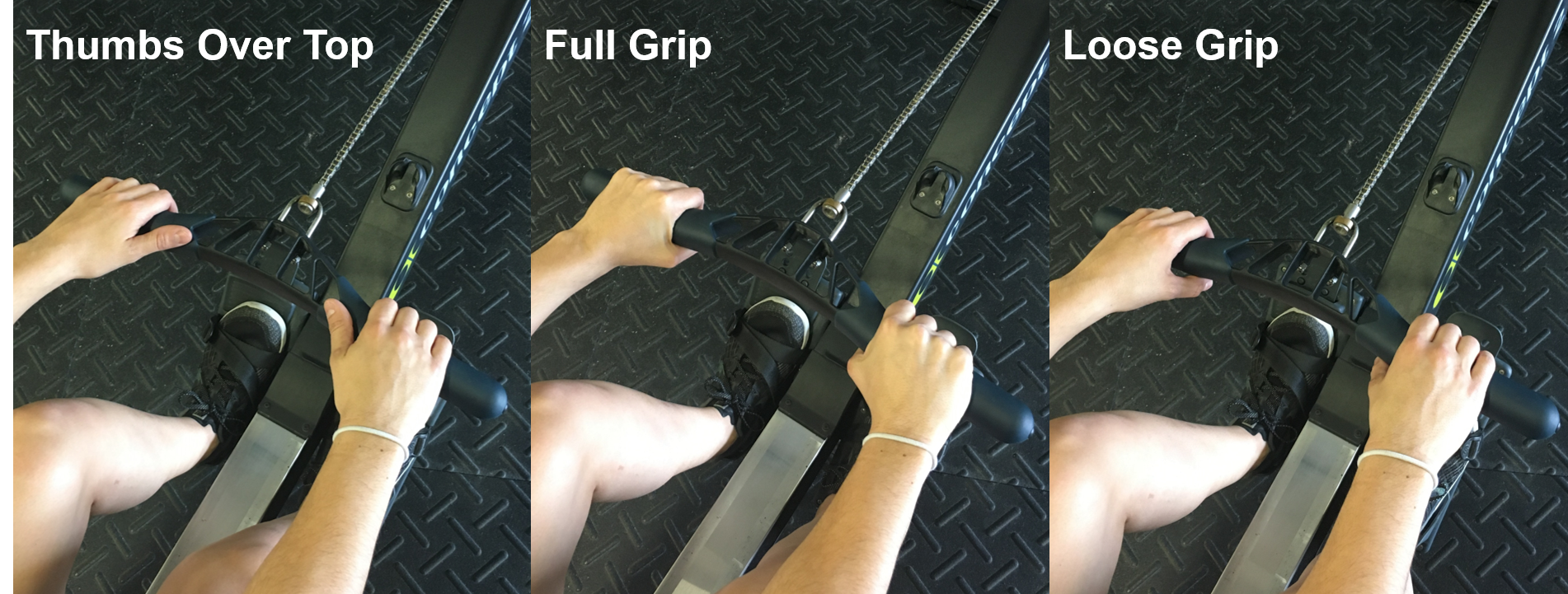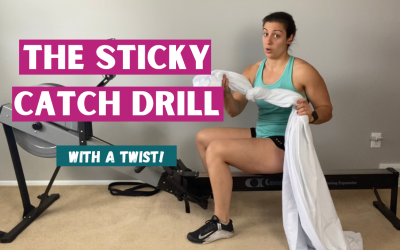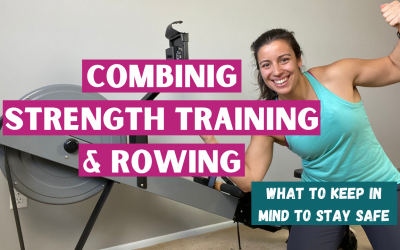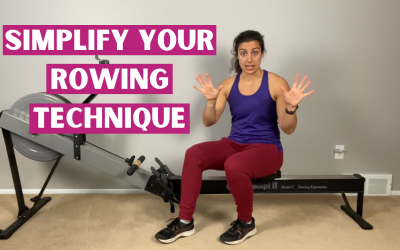How to Grip the Handle When Rowing
Something as little as how you grip the handle can change more than you think about your rowing stroke.
There are three ways I have seen people grip the handle, and the easiest way to describe those three are thumb over the top, full grip, and loose grip. Hint: only one of these is correct!

THUMB OVER TOP
For the most part, I don’t see people using this grip at the catch of the stroke (when you’re closest to the flywheel) because you could drop the handle without having your thumb for support. I do see it at the finish, typically when someone is finishing very high into their collarbone/neck area. They do it in order to rotate their wrists out of the way.
There are a couple of issues with gripping like this. The biggest one being that it is not very stable, which in turn will cause you to not have a good grip on the handle to be able to drive from. You also don’t need to finish your stroke above your chest area, so gripping this way shouldn’t be needed from a flexibility standpoint. The best place to finish is at your lower ribs.
I’m also in favor of using our opposable thumbs. It just makes sense.
FULL GRIP
This is the grip I see the most often in Crossfitters. Everyone wants to crank on the handle and chain for the maximum amount of calories.
Have your biceps ever been sore after a rowing workout? If they are you are probably using this grip more than you realize.
When you use a full grip, it causes you to want to pull with your biceps and this is not what you want to do when you’re rowing.
In order to maximize your power and your effort level, you want to use your body weight to your advantage. This means you need to hang off the handle during the drive portion of your rowing stroke.
Here’s another way to think about it. When you do a deadlift, clean or snatch, do you pull with your biceps right away? I hope that everyone’s answer would be “no!” At the start of each of these movements, your arms are straight like straps and you use your legs to get the bar to your hips.
In rowing, the catch is similar in that you want your arms to act like straps. You want to drive through your heels and hang your body weight on the handle with your arms straight (not locked out but engaged). When you use a full grip, you are more likely to start pulling with your biceps. When your arms are straight, you can start pulling with your lats which is what we are looking for!
LOOSE GRIP
Having a loose grip on the handle will help you kick the habit of pulling with your arms and help you start learning to hang your bodyweight.
You still want to have your thumbs underneath the handle for support, but there should be some space between the base of your thumb and the handle. You can refer to the pictures at the beginning of the post for reference.
When you grip this way, most of the handle will be in your fingers, and not your palm. You’ll notice you’ll start to get blisters on your fingers instead of the regular rips and tears on your palm from the pull-up bar. This means you’re doing something right! All my calluses or blisters from the rowing machine are on my fingers.
Once you start using this loose grip, it will be hard to pull with your biceps. And that’s ok! We don’t want that! Drive the heels down, engage the lats, keep your core tight and let your body weight do the work for you!
Here’s a short video to illustrate the difference in your arms when you use a full grip versus a loose grip.
The Sticky Catch Drill – with a twist!
The sticky catch drill is a great drill to feel the connection at the catch in your rowing stroke. And I have a different way of doing it that you may have never seen before. Most of the time, for the sticky catch drill, you can use a strap or something very sturdy...
How to Combine Strength Training and Indoor Rowing Workouts
If you want to up your rowing game with some strength training, then this is the post for you. After purchasing a strength program from a coach, these are some things you want to consider when you're combining your strength and rowing workouts. I'll throw in this...
Simplify Your Rowing Stroke
When you're just starting to learn how to row, it can be overwhelming watching technique videos, especially if it's a follow along drill or follow along workout where the coach is giving a lot of cues. Examples of cues are chest up, shoulders down, arms out then body...



